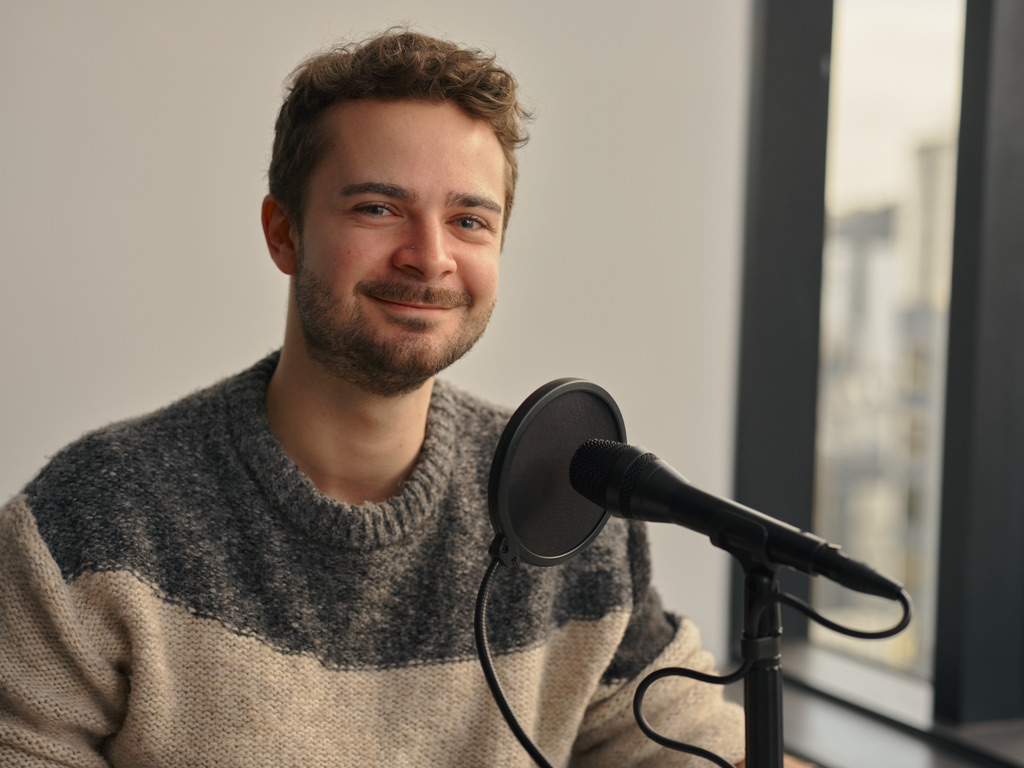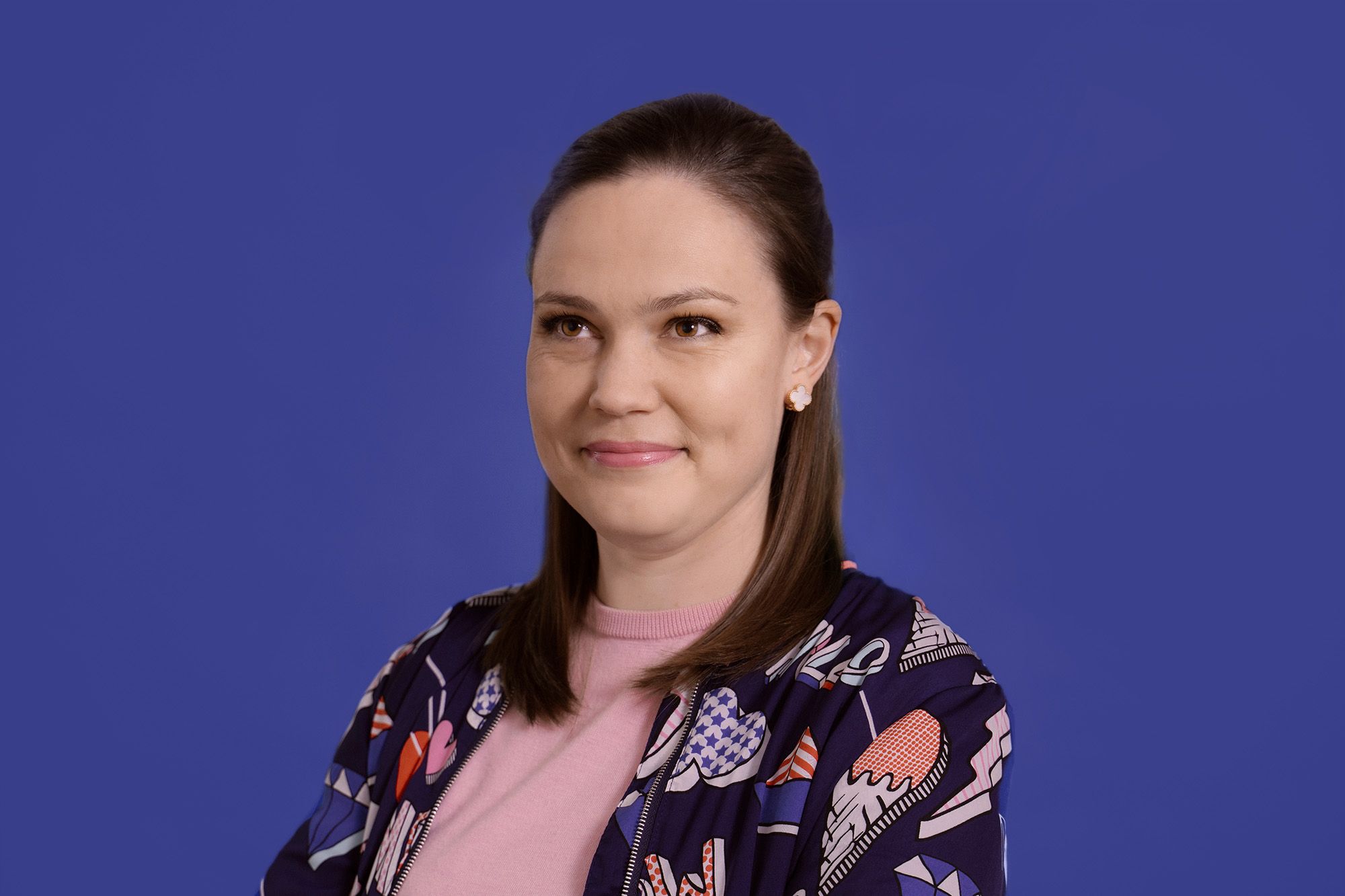Able has been on an incredible journey since our inception. Growing from TVNZ’s ‘Access Services’ Department into an independent charitable trust, we now provide media access services for all of Aotearoa’s leading broadcasters. We caption and audio describe a plethora of content, providing access to TV for the diverse communities of Aoteaora.
At the heart of our kaupapa is the belief that everybody should be able to access the news, stories and culture of the nation. Our brand identity has been designed to reflect this, and our passion for turning New Zealand content into the shared experience it was made to be.
Our new logomark

We’ve evolved the ‘Able’ logomark to prioritise accessibility. Whilst our name, ‘Able’, continues to encapsulate our purpose, enabling all New Zealanders to access the world of media, we have moved towards a more clear and accessible logo, which is bold, high-contrast, and highly legible. We use a braille logo as a part of our wayfinding and communication with braille readers.
Our new colour palette

We’ve expanded our colour palette, introducing warm tones, and prioritising a high colour contrast for clarity and visibility. The colour combinations have been selected to meet the WCAG 2.1AAA standards of colour contrast. The expanded tones of pale pink, vibrant orange, violet and seafoam green add warmth and depth, representing the diverse audiences we serve, and the diverse array of media we make accessible. Overlapping graphic shapes and colour blocks feature as brand elements, designed to portray the idea of connection and bring warm personality to our communications.
Our new website
As the digital home of our brand, our website has been designed with the WCAG 2.1 AA standards as the foundation; rather than an addition. It’s designed to be a launchpad to take you behind-the-screens to learn more about media accessibility, to meet our dedicated staff team and our Board, and to hear from the people and communities we serve.
We’ve evolved our brand to prioritise simplicity, accessibility, and connection. The launch today, on Able’s eighth birthday, marks the next phase of our growth and impact. We hope you love it as much as we do.





